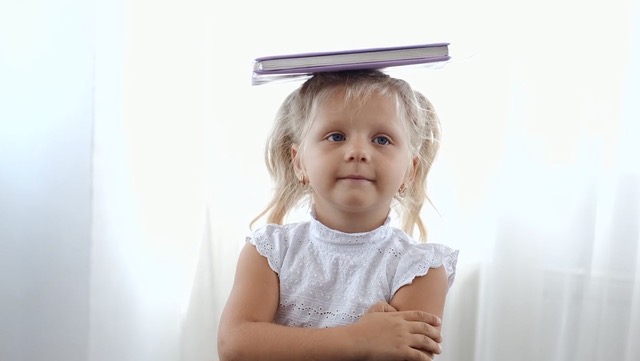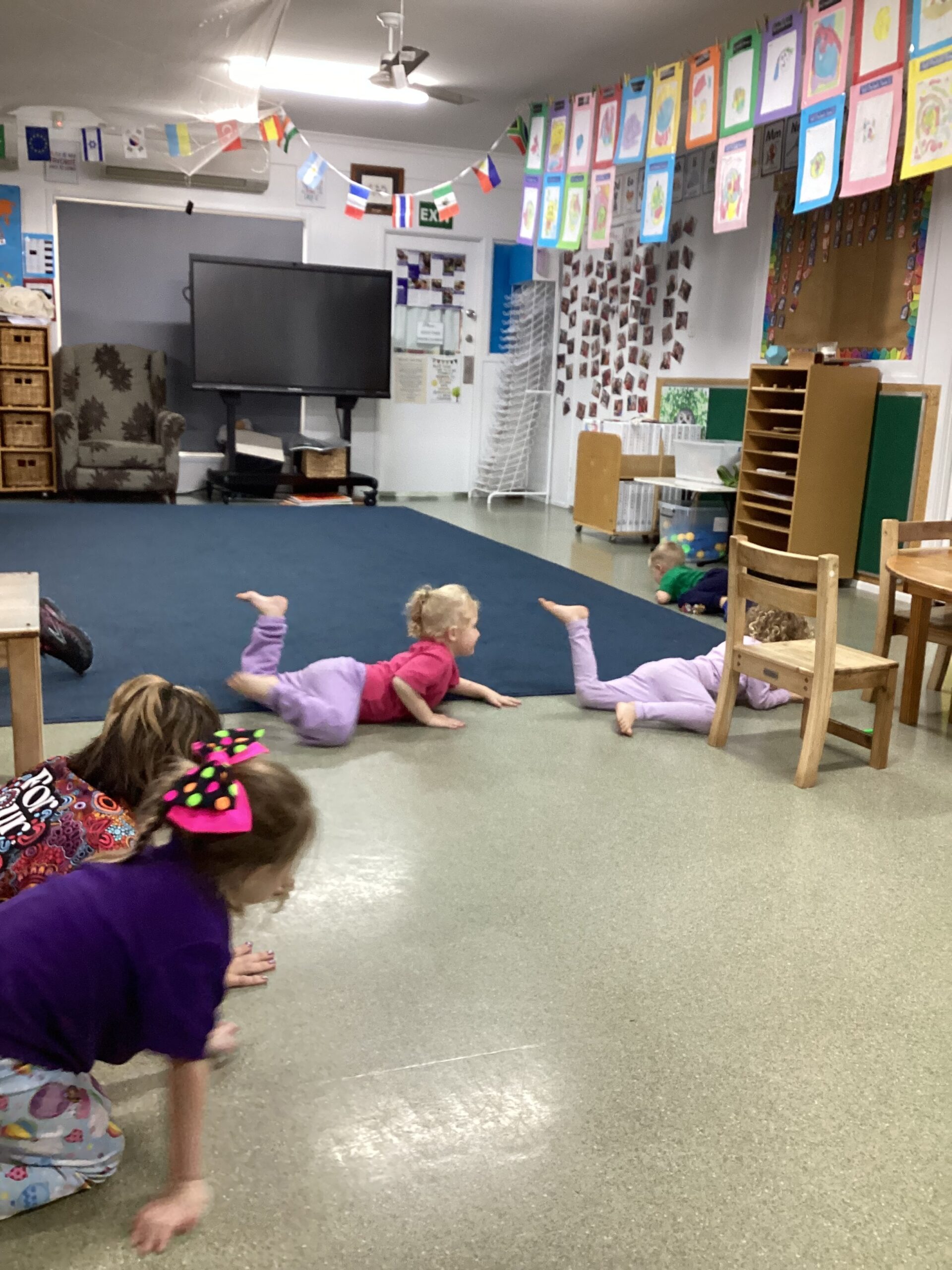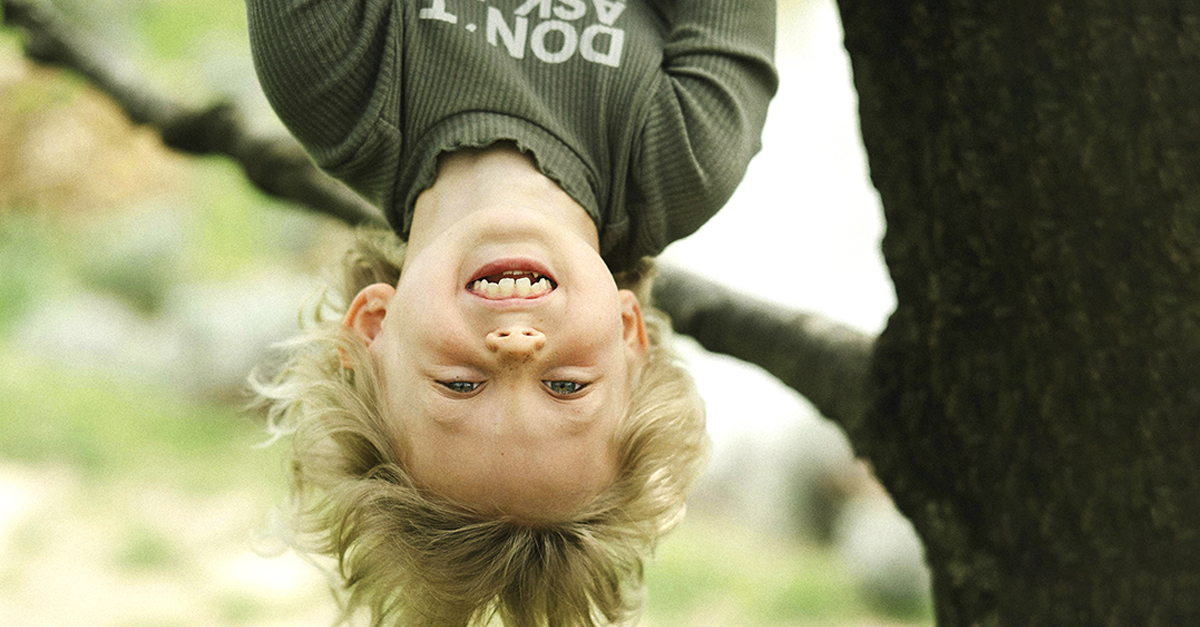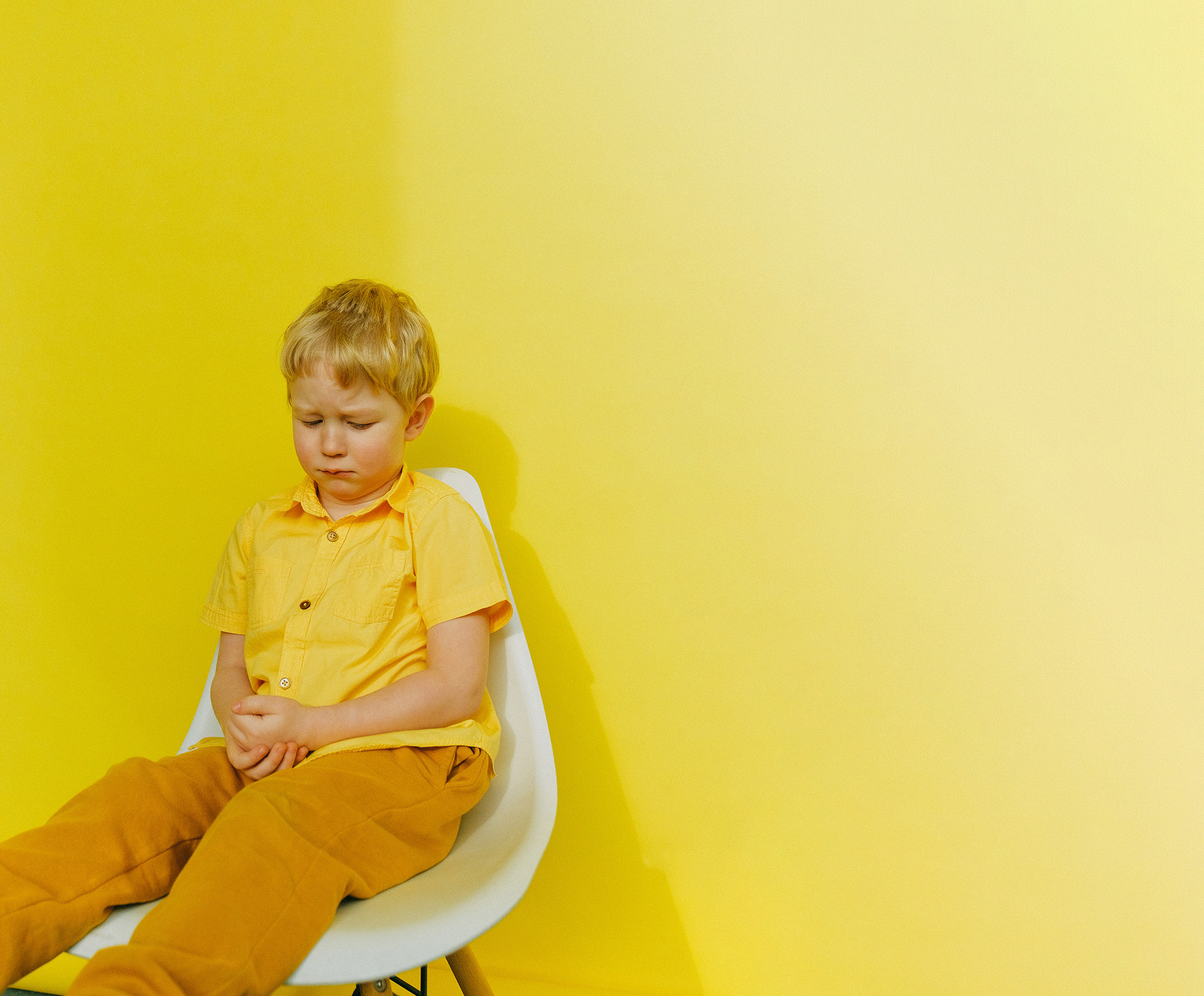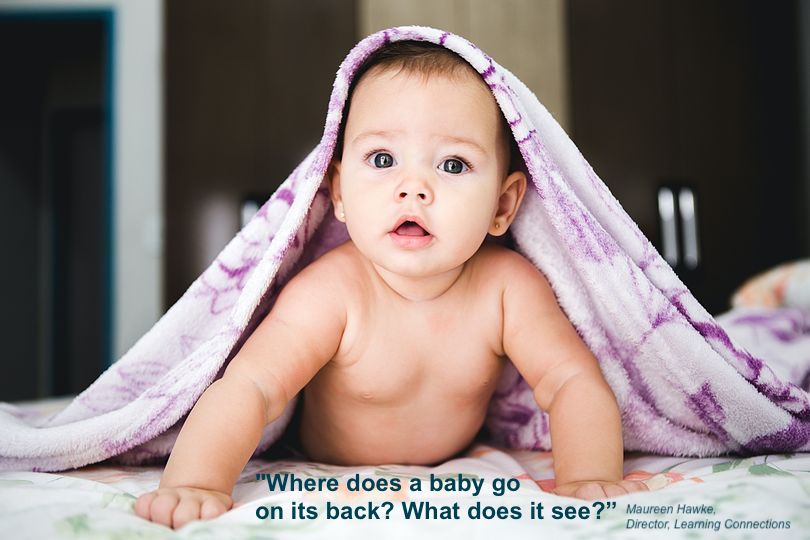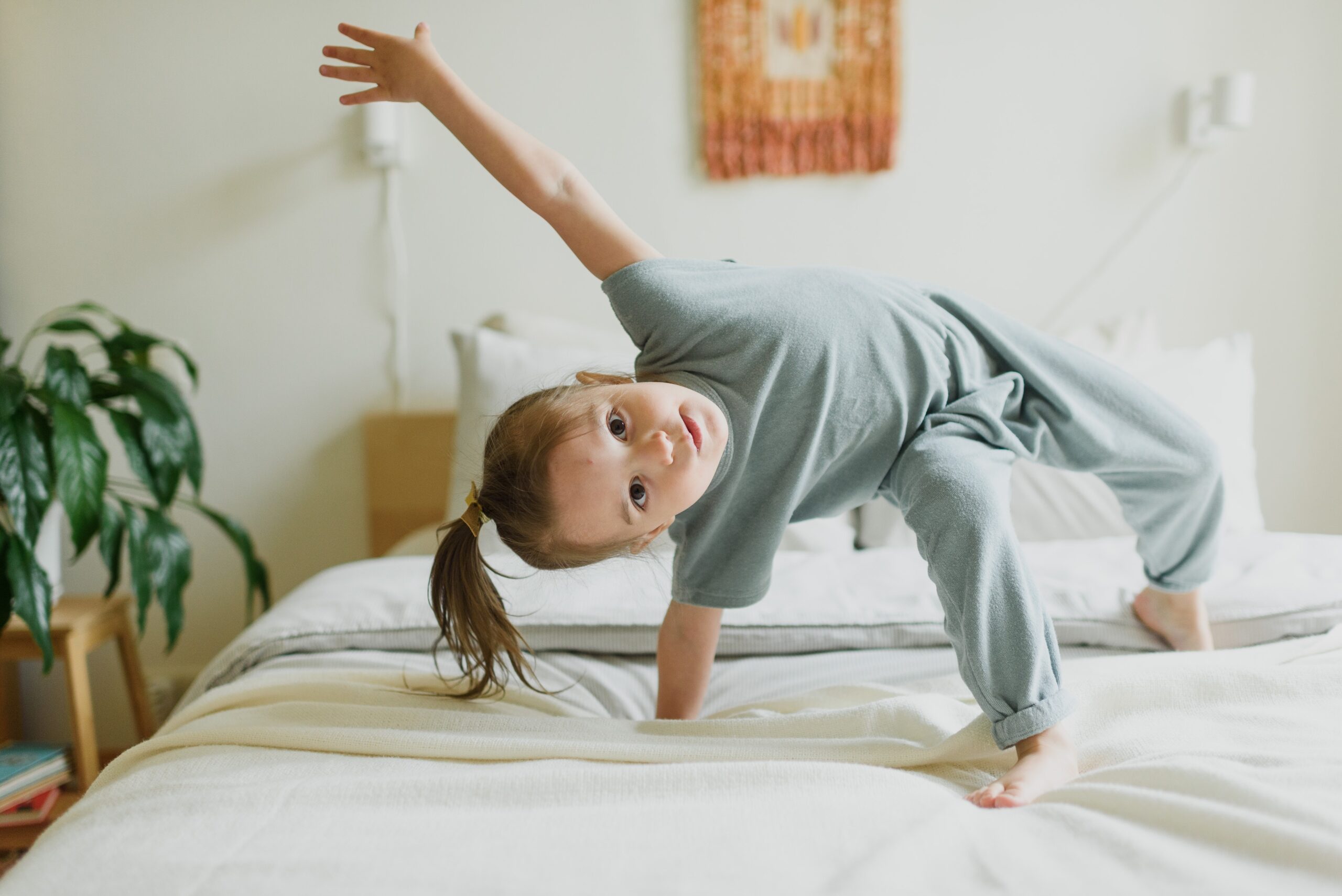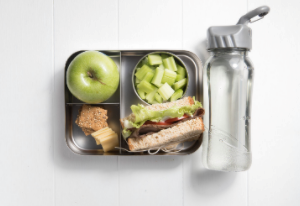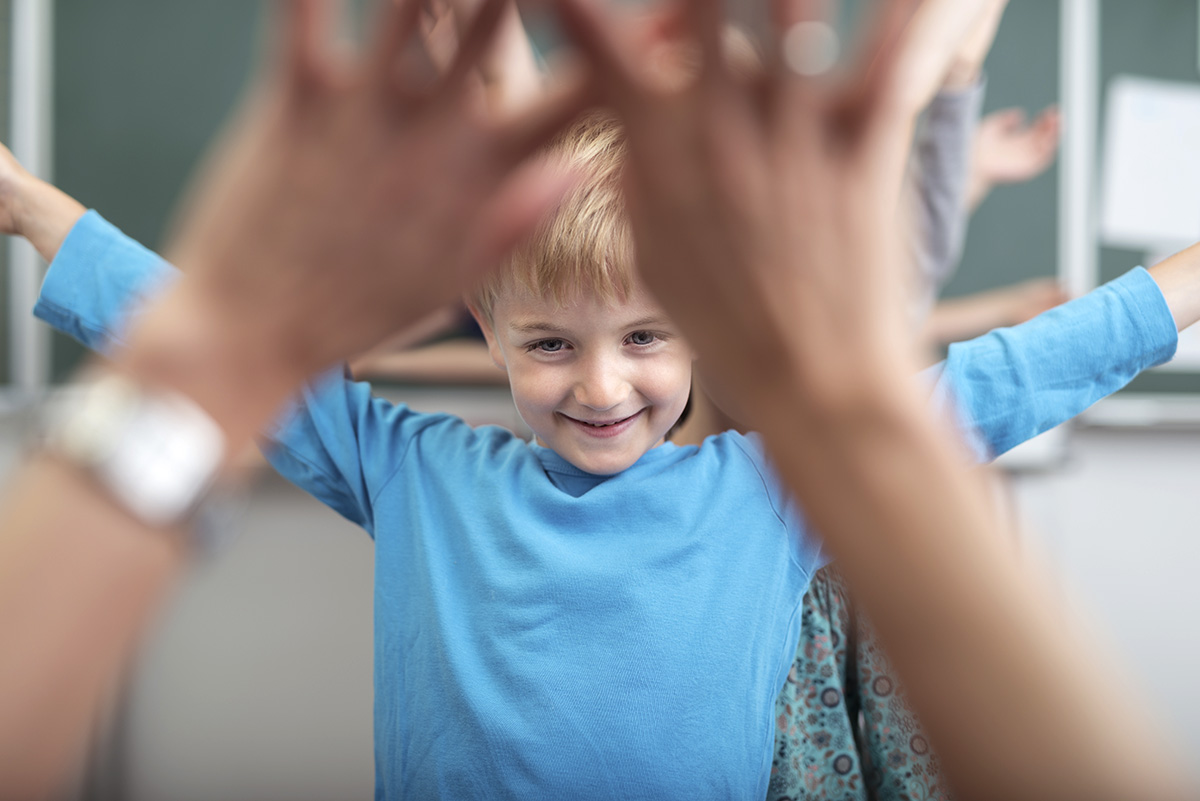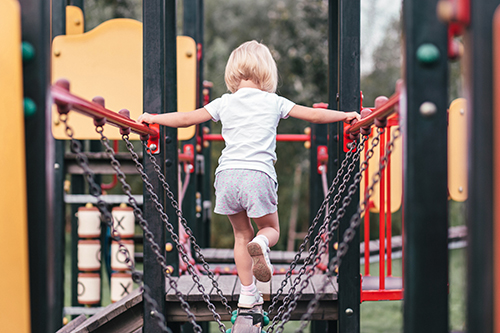Why kids need thrill and adventure in play
What is Risky Play?
“A risky situation is where the outcome might be unknown. Your child might tackle it in a number of different ways; they might succeed, they might not; they might have a minor injury of some sort … but they’ll learn something along the way” [1]
Dr Anthea Rhodes, Paediatrician. Royal Children’s Hospital Melbourne
Risky play is defined as thrilling and exciting forms of play that involve uncertainty of outcome and a possibility of physical injury. The Canadian Paediatric Society (CPS) describes categories of risky play, including playing at heights, at speed, with tools, near dangerous elements, rough-and-tumble play, and play with a risk of getting lost. [2]
It’s crucial to distinguish between hazards and risks.
- A risk is a situation where a child can recognize and evaluate the challenge and decide on a course of action based on their skills and preferences. For example, deciding how high to climb on a structure
- In contrast, a hazard is a potential danger that a child might not recognize or cannot manage, such as a broken piece of equipment.
- Risky play involves eliminating hazards while supporting child-controlled risk-taking.
“Children should be kept as safe as necessary during play, not as safe as possible. Risky play might involve some minor scratches and bruises, but that is not something we should be worried about. Keeping our children active and mentally healthy is also a very important aspect to consider.” [3]
Risky Play allows children to test their limits and experience the thrill of managing risk, which is crucial for their development. What constitutes “risky” will differ widely depending on a child’s developmental stage (rather than age), past experience, and personality. For example, a toddler climbing and jumping from a chair, an older child climbing a tree several branches high, and another child cautiously navigating a small tree are all “playing at height” and all engaging in risky play because they feel excited, thrilled, and challenged by their chosen activity. [4]
“Children need to be given the mental and physical space to figure out appropriate risk levels for themselves: far enough that it feels exhilarating, but not so far that it becomes too scary.” [5]
Mariana Brussoni Associate Professor of Pediatrics, University of British Columbia
Children need to learn how to gauge and manage risks independently. This process involves providing a safe yet challenging environment and allowing children the freedom to explore their boundaries.

Language and reframing perceptions of risk
Mariana Brussoni suggests that parents and caregivers can support children to figure out their own individual risk levels by observing and intervening only when necessary. Instead of constantly cautioning children with phrases like “Be careful” or “Not too high,” which can instill fear and doubt, adults should help children become aware of their surroundings and actions. Questions like “Do you feel stable on that log?” or “What’s your plan if you jump on that boulder?” can help children assess risks and make informed decisions. [6]
When caring adults use cautions like ‘Be careful’, ‘Slow down’, and ‘Not too high’ they usually mean ‘I love you’, ‘I care about you’, or ‘I worry about you’,
Children who are cautioned repeatedly, however, may learn to hear: ‘You don’t trust me’ or ‘You don’t think I can do it’.
Also, such ‘watchwords’ do not offer guidance for managing play in a risky situation, which can (again, used repeatedly over time) negatively influence children’s confidence in their own skills and decrease the appeal of active play.
Some experts have suggested that parents practice pausing for 15 to 30 seconds to observe children’s ‘state of play’ before intervening. The length of this pause depends on the individual child, situation, and activity being observed.
When parents do intervene, their first focus can be on raising a child’s awareness of a situation or behaviour, then helping the child to manage a predicament or problem-solve. The Canadian Paediatric Society provide the following examples of phrases to use to enhance a “teaching moment” during risky play –
- Do you feel … stable on that log of wood / the heat of that fire?
- Do you see … your friends nearby / how high you are?
- Notice how … these rocks are slippery / sharp this tool is.
- Are you feeling … scared / excited / safe?
- What’s your plan … if you jump on that boulder / dig that hole?
- How will you … get down / go up / get across? [7]
Recent Research on the Benefits of Risky Play
A comprehensive literature search on the effects of risky play on children’s health, undertaken by the Canadian Paediatric Society in 2022 found extensive evidence of benefits for children’s physical, mental, and social-emotional development. [8]
Some of the benefits identified were:
Physical Benefits
- Risky play promotes physical health by encouraging children to be active, improving their motor skills, and fostering physical literacy.
- Environments enriched with loose parts and natural elements lead to increased physical activity and decreased sedentary time. For instance, adding loose parts and natural materials to play environments has been linked to higher levels of moderate to vigorous physical activity and decreased sedentary behaviour.
- Outdoor play with loose parts helps children develop risk assessment and fundamental movement skills through repeated activities.
Mental and Social-Emotional Benefits
- Risky play helps facilitate children’s exposure to fear-provoking situations, providing them with opportunities to experiment with uncertainty, associated physiological arousal, and coping strategies, which can significantly reduce children’s risk for elevated anxiety.
- Allowing for rough-and-tumble play at school led to more reports of pushing and shoving but fewer related to bullying. Rough-and-tumble play may help build resilience and conflict resolution skills in children. Studies have also associated rough-and-tumble play with better problem-solving scores in boys.
- Following a 3-month school-based intervention providing risky play opportunities, teachers reported lower conflict sensitivity and higher self-esteem and concentration among children in Grade 4
- Children engaging in risky play will increase their socio-emotional skills and sense of belonging. Also, the ability to communicate, cooperate, and compromise with others improves in situations where children can test and push their own limits.
The Risk of No Risk
“Kids need friends and a loving and reliable attachment figure. Children raised with high levels of fear in unpredictable or violent environments experience elevated levels of stress hormones for extended periods of time. Such long-term exposure can permanently alter brain development and increase stress reactivity, with lifelong ramifications for mental and physical health …
…. But brief periods of normal stress are not harmful; they are essential. “Stress inoculation is a form of immunity against later stressors, much in the same way that vaccines induce immunity against disease.” What, then, would happen if we suddenly stopped immunising children with this kind of stress?” [9]
According to Sanne Mestrom, writing about playground sculptures in public spaces, play-safety standards introduced in Australia, the United States and the United Kingdom in the 1980s saw a standardising of playground design into the “boring” versions that still dominate most of our play spaces, where the potential movement of children is scripted: up, across and down. Over the past 30 years, interpretations of these safety standards continue to regularly confuse the meanings of “risk” and “hazard” (see above). Conflating these meanings has resulted in a cultural attitude toward play that is highly risk-averse.
Risk-aversion can have long-term health implications on adolescence and into adulthood, potentially impacting the development of anxiety, depression, obesity and diabetes.[9]
The negative effects of risk-aversion is also supported by the work of Tim Gill who found that children who are not exposed to manageable risks may develop an exaggerated fear of the unknown and become overly cautious. This can result in heightened anxiety levels and a reluctance to try new things. [10]
Further reading
If your community is thinking about establishing an adventure playground that supports risky play, here’s some further reading and resources: [12]
Talking about practice: Adventurous play— Developing a culture of risky play
acecqa.gov.au
Planning For Safe Outdoor Play In Children’s Services
Play Australia
Creating effective outdoor learning spaces
Queensland Government
Taking a planned and supported approach to risky play
NSW Government
Position Statement on Active Outdoor Play
Tremblay et. al. “Cross-sectorial group of experts”
Canadian Paediatric Society
Risk-Benefit Assessment For Outdoor Play: A Canadian Toolkit
Outdoor Play Canada
Risky Play Outdoors: Embracing the possibilities to support active play
Early Childhood Australia
Outside Play Lab. University of British Columbia
Disclaimer
The information in this article is for educational purposes only and should not be used as a substitute for professional medical care and advice.
Movement is Serious Fun!
Play is an important part of children’s development.
The Learning Connections Early Years and School Programs build children’s motor skills, physical confidence and social-emotional skills, enhancing communication and cooperation as children experiment with uncertainty and test their limits …
Are the children in your care moving enough?
Talk to us about training for the Early Years or School Program and experience the benefits in your classroom.
M. 0403 582 669
E. info@learningconnections.com.au
Footnotes
[1] (Canadian Paediatric Society, 2024b)
[2] (ABC News, 2024)
[3] (Canadian Paediatric Society, 2024a)
[4] (Canadian Paediatric Society, 2024b)
[5] (Brussoni, M. 2017)
[6] (Brussoni, 2017)
[7] (Canadian Paediatric Society, 2024b)
[8] (Canadian Paediatric Society, 2024b)
[9] (Jonathan Haidt and Pamela Paresky, 2019)
[10] (Mestrom, S. 2022)
[11] (Tim Gill, 2007) (Gill et al., 2019)
[12] (ACECQA, n.d.; Canadian Paediatric Society, 2024b; Gill et al., 2019; Helen Little, 2017; NSW Government, n.d.; Outside Play, n.d.; Play Australia, n.d.; Queensland Government, n.d.; Tremblay et al., 2015)
References
ABC News. (2024). It sounds deceptively simple — but “risky play” could be one of the fixes to the teen mental health crisis. https://www.abc.net.au/news/2024-06-09/risky-play-teen-mental-health-crisis/103939412
ACECQA. (n.d.). Talking about practice: Adventurous play-Developing a culture of risky play. NQS Professional Learning Program.
Brussoni, M. (2017). Why kids need risk, fear and excitement in play. The Conversation. https://theconversation.com/why-kids-need-risk-fear-and-excitement-in-play-81450
Canadian Paediatric Society. (2024a). As safe as necessary: A new approach to play. Canadian Paediatric Society. https://cps.ca/en/blog-blogue/as-safe-as-necessary
Canadian Paediatric Society. (2024b). Healthy childhood development through outdoor risky play: Navigating the balance with injury prevention. Canadian Paediatric Society. https://cps.ca/en/documents/position/outdoor-risky-play
Gill, T. , Power, M. , & Brussoni, M. (2019). Risk-Benefit Assessment for Outdoor Play: A Canadian Toolkit. https://indd.adobe.com/view/44ed054b-917b-4e02-a1e3-e6c4cbfe0360
Gill, T. (2007). Calouste Gulbenkian Foundation. No Fear: Growing Up in a Risk-averse Society
Little, H. (2017). Risky Play Outdoors: Embracing the possibilities to support active play. Early Childhood Australia; Early Childhood Australia.
Haidt, J and Paresky, P. (2019). By mollycoddling our children, we’re fuelling mental illness in teenagers. The Guardian. https://www.theguardian.com/commentisfree/2019/jan/10/by-mollycoddling-our-children-were-fuelling-mental-illness-in-teenagers
Mestrom, S. (2022). This new ‘risky’ playground is a work of art – and a place for kids to escape their mollycoddling parents. The Conversation. https://theconversation.com/this-new-risky-playground-is-a-work-of-art-and-a-place-for-kids-to-escape-their-mollycoddling-parents-193218
NSW Government. (n.d.). Taking a planned and supported approach to risky play. Retrieved July 23, 2024, from https://education.nsw.gov.au/early-childhood-education/leadership/news/planned-and-supported-approach-to-risky-play
Outside Play. (n.d.). Outside Play Toolkit. Retrieved July 23, 2024, from https://www.outsideplay.org/#tool-kit
Play Australia. (n.d.). Planning for Safe Outdoor Play in Children’s Services.
Queensland Government. (n.d.). Creating effective outdoor learning spaces. Retrieved July 23, 2024, from https://earlychildhood.qld.gov.au/sector-news-and-resources/news-for-educators-and-service-providers/creating-effective-outdoor-learning-spaces
Tremblay, M. S., Gray, C., Babcock, S., Barnes, J., Bradstreet, C. C., Carr, D., Chabot, G., Choquette, L., Chorney, D., Collyer, C., Herrington, S., Janson, K., Janssen, I., Larouche, R., Pickett, W., Power, M., Sandseter, E. B. H., Simon, B., & Brussoni, M. (2015). Position Statement on Active Outdoor Play. International Journal of Environmental Research and Public Health, 12(6), 6475. https://doi.org/10.3390/IJERPH120606475


